When Lecture is Necessary: Incorporating UDL into PowerPoint
Contents
Introduction
Dr. Christine Leist, MT-BC is a professor of Music Therapy in the Hayes School of Music at Appalachian State University. When asked about her teaching style, she began with a disclaimer: “I think most people teach how they were taught. I think it’s funny sometimes when you’re teaching in higher education with no training in how to teach. So when I went into teaching, I taught the way I was taught, which was lecture based.” Her experiences in the first two years of teaching made it clear to her how many different types of students exist; she “learned that everybody was different. You know that’s true, that everybody learns differently, but it was really brought home to me.” In the course of two semesters, she had radically redesigned her lectures into experientials based on students’ requests
Her classroom experiences led her to the concepts of Universal Design for Learning. “People started talking about UDL. I’m like, ‘UDL? What is UDL?’ And reading more about it, it makes so much sense. It doesn’t mean it’s easy to do, but it makes so much sense.” UDL radically changes the higher education relationship between sagacious professor and passive learner, often supporting alternative learning experiences to lectures. However, some information in the college classroom is most efficiently represented through lecture with PowerPoint presentations; the challenge is how to make them effective.
Backed by her studies and experience in Special Education and UDL, Dr. Leist actively transforms her PowerPoints to represent the curriculum when lecture is necessary. Her organized content and color coding aid in students’ activation of prior knowledge and highlight patterns and relationships. She imbeds images and graphs as alternative representation of grouped information, and links out to additional resources aimed at making the PowerPoint an interactive document for students to engage with in and out of the classroom.
Dr. Leist’s PowerPoint design integrates essential UDL guidelines that truly exemplify multiple means of representation in the classroom when lecture is necessary.
UDL Alignment
Each College STAR module will explain how a particular instructional practice described within the module aligns with one or more of the principles of UDL. For this module, the focus will be on Provide Multiple Means of Representation, Principle I; Provide Multiple Means of Action or Expression, Principle II; and Provide Multiple Means of Engagement, Principle III.
Module Alignment with Provide Multiple Means of Action and Expression
Mr. Jon Pope uses action-oriented multimodal experiences in his classroom. This practice is linked to each of the three guidelines under multiple means of action and expression: Provide options for physical action, provide options for expression and communication, and provide options for executive functions. Mr. Pope’s use of dramatizations and collaborative role playing provide options for physical action. In his open ended television pilot project, students can choose various methods for response and navigation since the parameters are broad. Students also choose how they create their project, and how to respond to and move forward with the network executive’s feedback. In the dramatization of miscommunication, students act out the interaction to gain insight, moving from unidirectional understanding of conflict to multidirectional.
The TV pilot project uses multiple media through the numerous avenues of communication. Students write a TV script, record their pilot on video, and create business letters, network proposals, advertisements and presentations using the media and tools they prefer.
The long term project also offers options to enhance executive functions. Since the TV pilot project is a group project with many facets, students need to set appropriate and achievable goals. They need to plan and strategize when to accomplish each step in the process and provide the necessary documents at each step.
In summary, the use of multimodal experiences in the classroom offers multiple options for both action and expression.
Module Alignment with Provide Multiple Means of Engagement
Multimodal experiences stimulate student interest by offering options for choice and autonomy throughout the open ended experiences, and employ real life experiences that increase relevance, value, and authenticity.
The collaborative design of the projects helps students to sustain effort and persistence. Because the TV pilot project entails varying and diverse activities, students become more aware of their academic strengths and weaknesses. This process optimizes challenge and fosters collaboration and community. Using previous students of the class as network executives who have the ability to accept, reject, or offer feedback to groups increases mastery-oriented feedback.
Instructional Practice
“I think opportunities for visual things are lost.”
Dr. Leist acknowledges that many of today’s professors rely on lecture and PowerPoint presentations to convey the majority of their curriculum. While not conceding that the method is ideal for student learning, she recognizes some information is best represented through the medium. PowerPoint presentations offer space for visual representation of material, but are often filled with words instead. Dr. Leist strives to create not only a visually representative and enticing presentation, but an interactive and lasting document for students to engage with as well. It begins with a strong organizational foundation.
Content Organization
“I try to look at the over-all organization of the material like an essay – is there an outline to it? Do sections flow into each other?”
Dr. Leist organizes her course at the macro level, by ordering the material in a way that information builds up from a solid foundation, but also on the micro level in her presentation of the material. She begins a presentation, activating prior knowledge by starting with foundational concepts. These foundational concepts are not only the beginning of the course, but are often key concepts of the Music Therapy discipline. Although students have not before interacted with the material presented in this class, they can relate the new information back to their previous knowledge of the Music Therapy discipline. The foundational concepts then splinter out into additional concepts or lead into particular population information.
In her class, Music and Neurological Disorders, the foundational concept is the anatomy and function of the brain and nervous system. Students begin by identifying the location of functional centers that will eventually be affected by the neurological disorders they will learn about later in the curriculum.
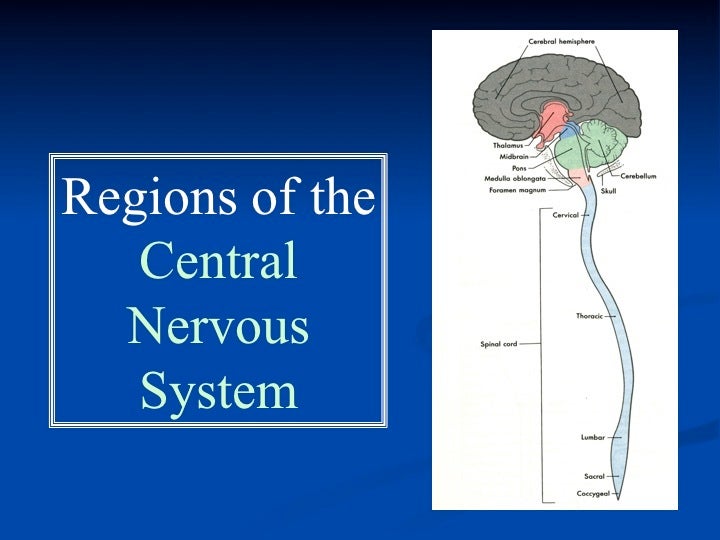
Figure 1: Dr. Leist’s Title Slide
One way that Dr. Leist encourages students’ activation of prior knowledge is by titling and subtitling slides. Using a consistent “lead title” (the text box at the top of each PowerPoint slide) across multiple slides pertaining to a single concept helps students visually encode the information in chunks, and allows for easier student navigation of the PowerPoint later. Utilizing subtitles for the various offshoots of information, allows each slide to stand out as a new concept relating back to the heading.
For example, in her PowerPoint on the brain and central nervous system, she begins by titling the slide the central nervous system (CNS) and subtitling the key areas of the brain below.
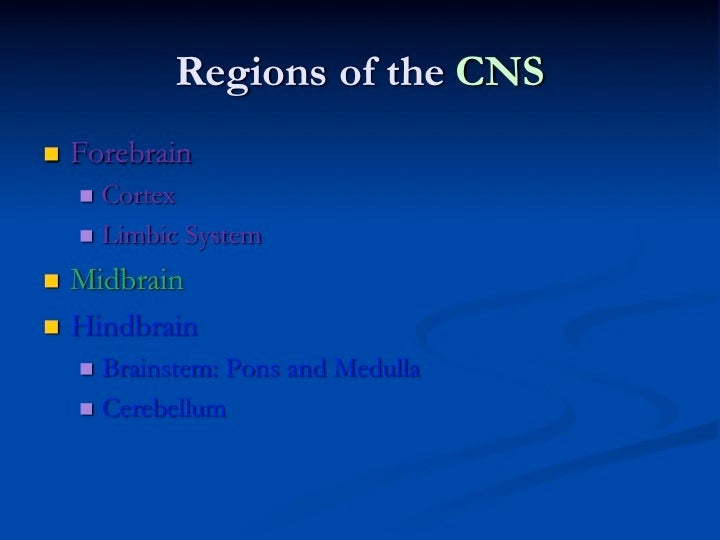
Figure 2: Dr. Leist’s slide of Regions of the Brain
In later slides, locations in the brain that are a part of the three sections above, forebrain, midbrain, and hindbrain, are labeled in the title slide. By using titles that exist like points on an outline, students can learn the information in an organized and connected way.
Dr. Leist thinks of her PowerPoint documents as outlines which not only helps student’s encode the information, but helps her teaching as well. “I teach better when I’m organized. I know exactly where we are, I know what comes next. So I teach better, I’m positive of that. Because I’m secure.” Having clean and clear organization of material makes teaching more efficient and effective which transfers to student learning in a more dynamic and impacting way.
Aiding in her organization is Dr. Leist’s use of color.
Chunking with Color
“I do a lot to show where we are in the PowerPoint by colors.”
In the example above, Dr. Leist divided the foundation concept of brain anatomy, into three subsections of the brain: forebrain, midbrain, and hindbrain. In the slide, she color coded each of these sections differently. In subsequent slides, she breaks down those sections further, and relates back to the first slide by color coding, so that students see the connection through color and words. The slide below shows the introduction to the Cerebrum, a section of the forebrain and therefore labeled in pink.
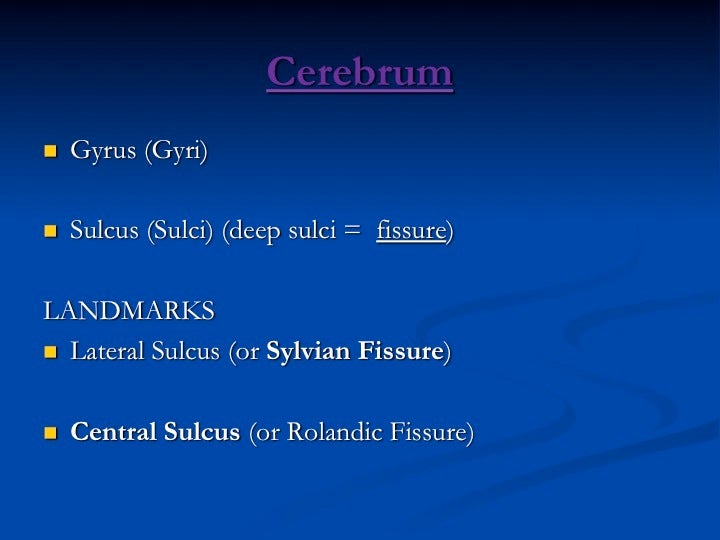
Figure 3: Dr. Leist’s later slide with title in Pink to link back to Forebrain
Color coding concepts not only aids in visual organization and activation of prior knowledge for students, but it also highlights patterns and relationships in course material. Changing the color of important information helps the words stand out, and aids in information retrieval at later times. When a student refers back to the PowerPoint in a study session, they can see that all the slides titled in Pink are subsections of the Forebrain, and can chunk the information in that way.
Enhancing Visuals
“I’m constantly thinking of other ways to show the material with charts or pictures or stories.”
“A lot of textbooks are just words: black and white. Using color and image, I think that helps with memory.”
Dr. Leist also integrates images into her presentation. For about every slide to every other slide, there is an image, picture, or graph representing the information in an alternative way. When learning about sections of the brain, Dr. Leist references numerous images, like the one below.
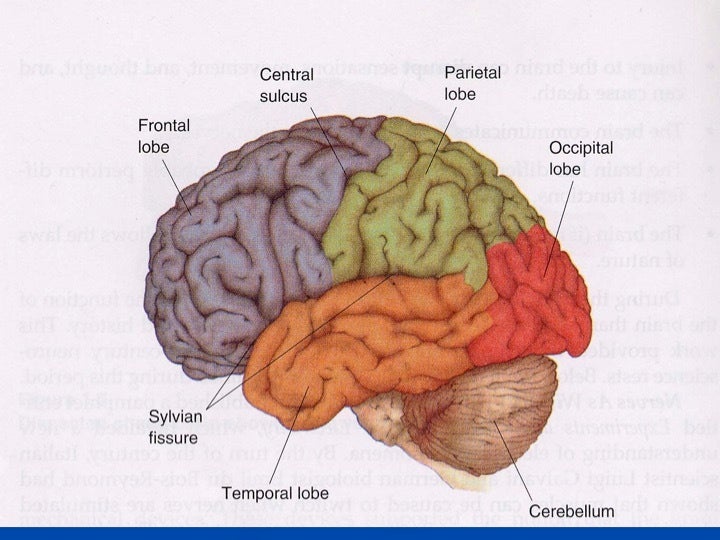
Figure 4: Image of Brain in Dr. Leist’s PowerPoint
This image uses color, image, and words to convey the information of lobes and fissures in the brain. Using images in the PowerPoint is essential to reaching learners. If a student was struggling with the directional language used when learning about the brain, the image with words and color may help them identify where exactly the areas are located.
Dr. Leist does not just use one image of the brain however. She enhances the visual representation even further by adding numerous depictions of the brain from different angles, so the student has better access to the 3-D concept of the brain. Below are the different images used in the same PowerPoint.
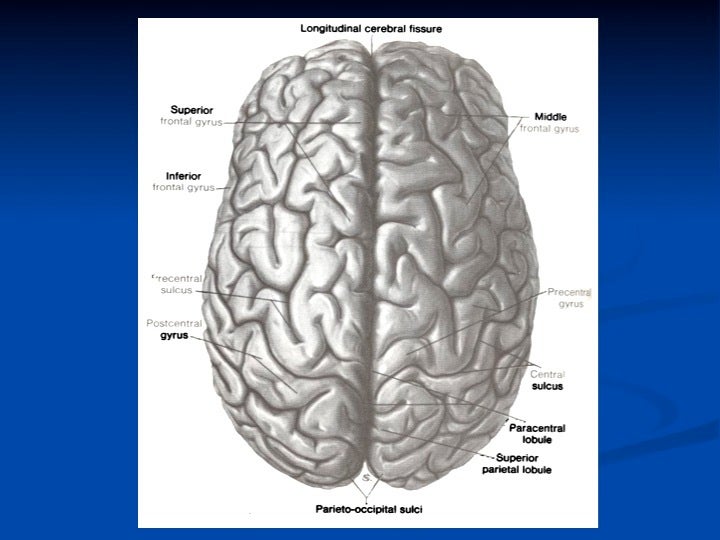
Figure 5: Second Image of Brain in PowerPoint, from different angle and additional information
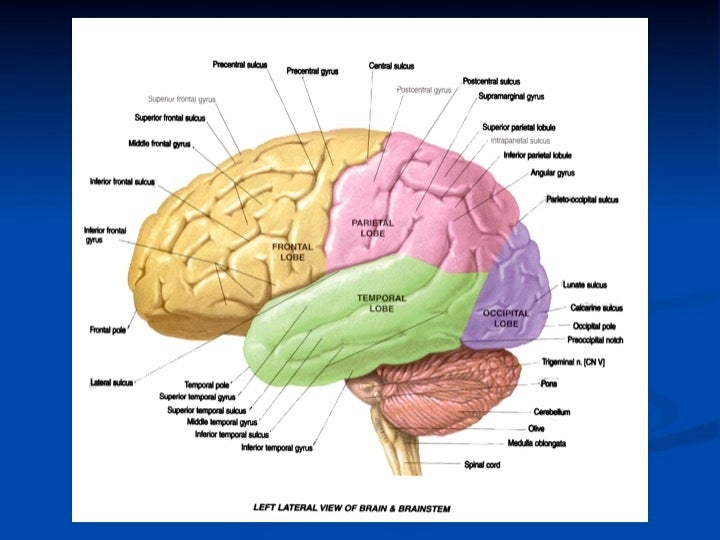
Figure 6: Third image of brain used in PowerPoint
An Interactive Document
“I like the idea of showing the information in different ways: hear it, see it, take it, touch it.”
Finally, Dr. Leist encourages students to interact with her PowerPoints by embedding links to additional information and resources. At the end of her PowerPoint on the brain, one slide is devoted to links to an interactive website that lets the learner take a virtual and interactive tour of the brain and its functional centers. Some links are to videos with expert narrators, or real life examples. Other links are to articles that students may use for later resources for projects or research.
By integrating these resources not as image or text, but as links, Dr. Leist invites her students to download and save her PowerPoint as an interactive document that increases student engagement inside and outside of the classroom.
“I usually get comments on the PowerPoints; the visuals and the pictures and diagrams. Because I am constantly thinking of other ways to show the material: charts or pictures or stories.”
When lecture is necessary, Dr. Leist works hard at organizing the content of her PowerPoints, using color to highlight foundational concepts and related material that aid in student learning. She integrates images for enhanced visual representation and links out to additional resources which make the document an engaging and inviting one for students. These practices make the lecture format more dynamic, informative, and memorable for students because they integrate the UDL principal of Multiple Means of Representation.
Learn More
Literature Base
Editor’s Note: The Literature Base section of each College STAR module provides a brief summary of support for the instructional practice highlighted within the module. This is not an exhaustive literature review. It is designed to give the viewer an introduction to the literature about the module’s instructional practice. Please consider using the Learn More section of the module to supplement the information you obtain through this Literature Base summary.
Students in the college classroom come from diverse learning backgrounds and need multiple forms of access to information (Rose et al., 2006). When lecturers combine the richness of spoken language, elaborating on the text in a PowerPoint, and graphics and images, they create a multimedia learning environment that reaches many students. Offering students access to PowerPoint slides before class allows them to take notes on top of the slides enriching their experience and allowing them to form patterns and highlight key points (Rose et al., 2006).
Powerpoint is an effective space for large print, and images (King-Sears, 2009). Using text and image side by side not only helps reach different types of learners, but also helps each individual learner interact with the material in two different ways which activate different cognitive organizational tools. In text based presentations, the student organizes through semantics and verbal cues to determine relevant information. In image processing, the student creates an inner version of the picture or graphic and visually organized before being stored through semantics. The combination of text and appropriate pictures can create a dynamic learning environment by combining the types of mental processing (Schnotz & Bannert, 2003).
References & Resources
CAST. (2009). CAST UDL online modules. Retrieved from http://cast.org
CAST. (n.d.). About CAST: What is universal design for learning. Retrieved from http://www.cast.org
EnACT. (n.d.). 14 common elements of UDL in the college classroom.
Evans, C., Williams, J., King, L., & Metcalf, D. (2010). Modeling, guided instruction, and application of UDL in a rural special education teacher preparation program. Rural Special Education Quarterly, 29(4), 41.
Immordino-Yang, M. H., & Damasio, A. (2007). We feel, therefore we learn: The relevance of affective and social neuroscience to education. Mind, Brain, and Education, 1(1), 3-10. doi:10.1111/j.1751-228X.2007.00004.x
King-Sears, M. (2009). Universal design for learning: Technology and pedagogy. Learning Disability Quarterly, , 199-201.
National Center on Universal Design for Learning. (2011). About UDL. Retrieved from http://www.udlcenter.org/aboutudl
Rose, D. H., Harbour, W. S., Johnston, S. G., & Abarbanell, L. (2006). Universal design for learning in postsecondary education: Reflections on principles and their application. Journal of Postsecondary Education & Disability, 19(2)
Rose, D. H., & Meyer, A. . Teaching Every Student in the Digital Age: Universal Design for Learning,
Rose, D., & Dalton, B. (2009). Learning to read in the digital age. Mind, Brain, and Education, 3(2), 74-83. doi:10.1111/j.1751-228X.2009.01057.x
Schnotz, W., & Bannert, M. (2003). Construction and interference in learning from multiple representation. Learning and Instruction, 13(2), 141-156. http://www.sciencedirect.com/science/article/pii/S0959475202000178
UDLCAST. (2011). Introduction to UDL. Retrieved from http://www.youtube.com/watch?v=MbGkL06EU90&feature=relmfu
Additional Resources
Ainsworth, S. (2006). DeFT: A conceptual framework for considering learning with multiple representations. Learning and Instruction, 16(3), 183-198. http://www.sciencedirect.com/science/article/pii/S0959475206000259
APA style: A DOI primer. Retrieved from from http://blog.apastyle.org/apastyle/2009/09/a-doi-primer.html
Berk, R. A. (2012). How to create “Thriller” PowerPoints® in the classroom! Innovative Higher Education, 37(2), 141-152. http://www.ronberk.com/articles/2012_thriller.pdf
CAST: Center for applied special technology. Retrieved from http://www.cast.org
CrossRef. (2002). DOI resolver. Retrieved from http://www.crossref.org
International DOI Foundation. (2012). Resolve a doi number. Retrieved from http://www.doi.org
About the Author

Dr. Christine Leist
School of Music
Appalachian State University